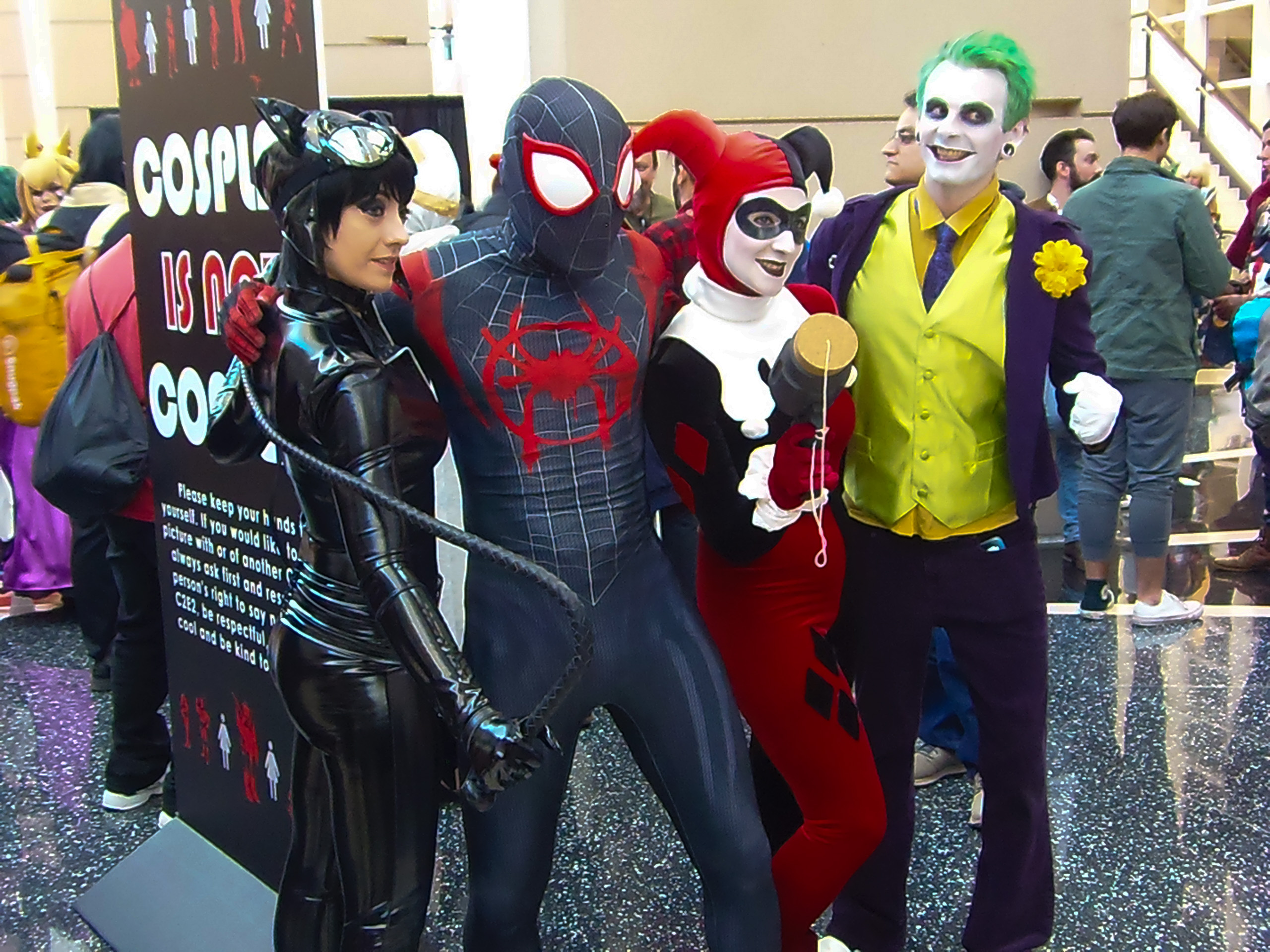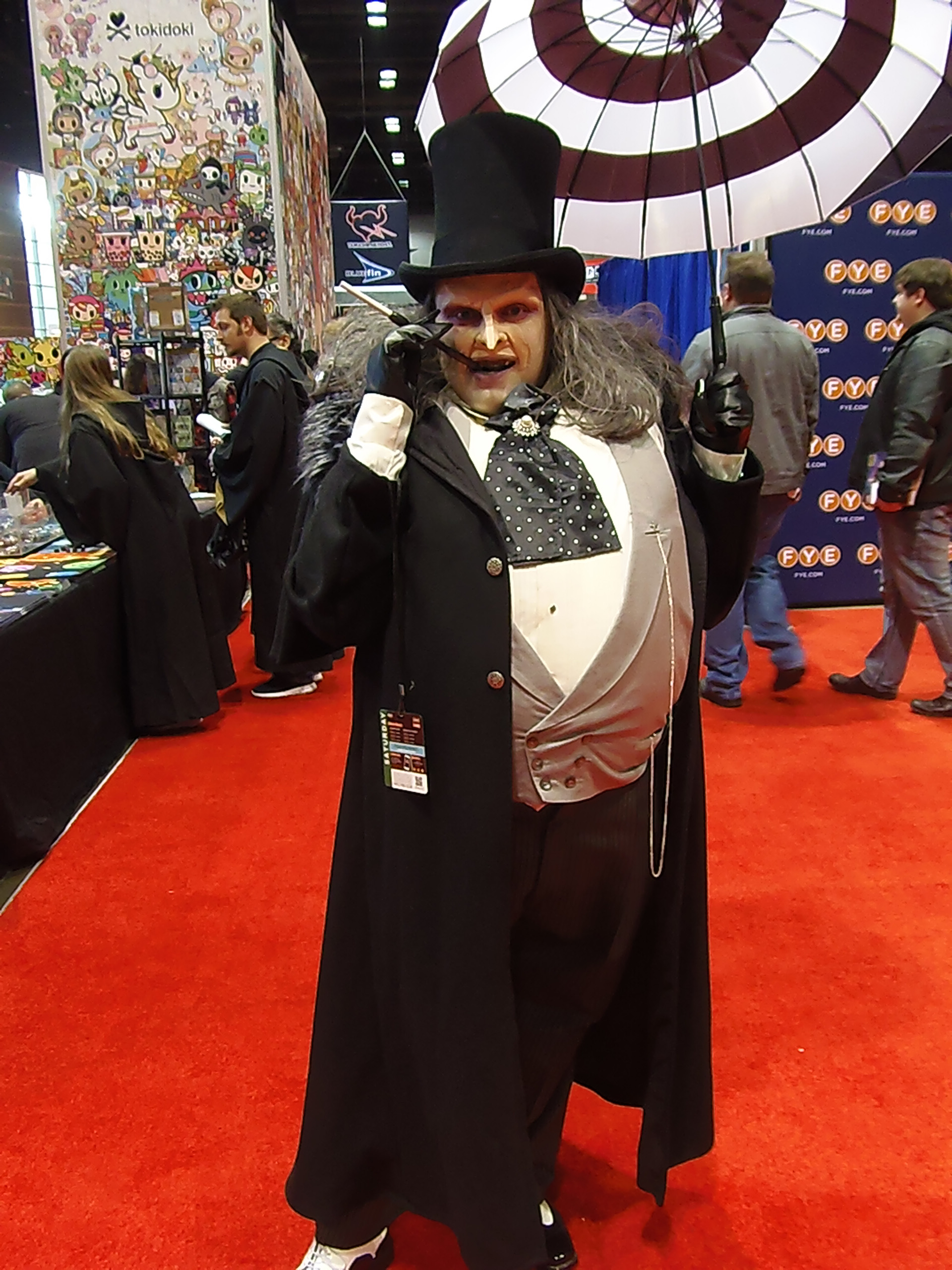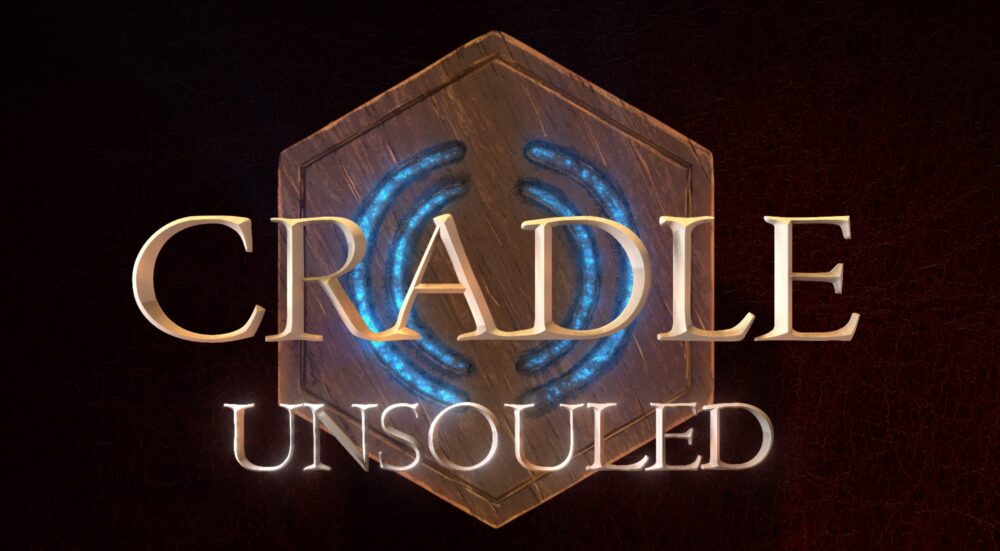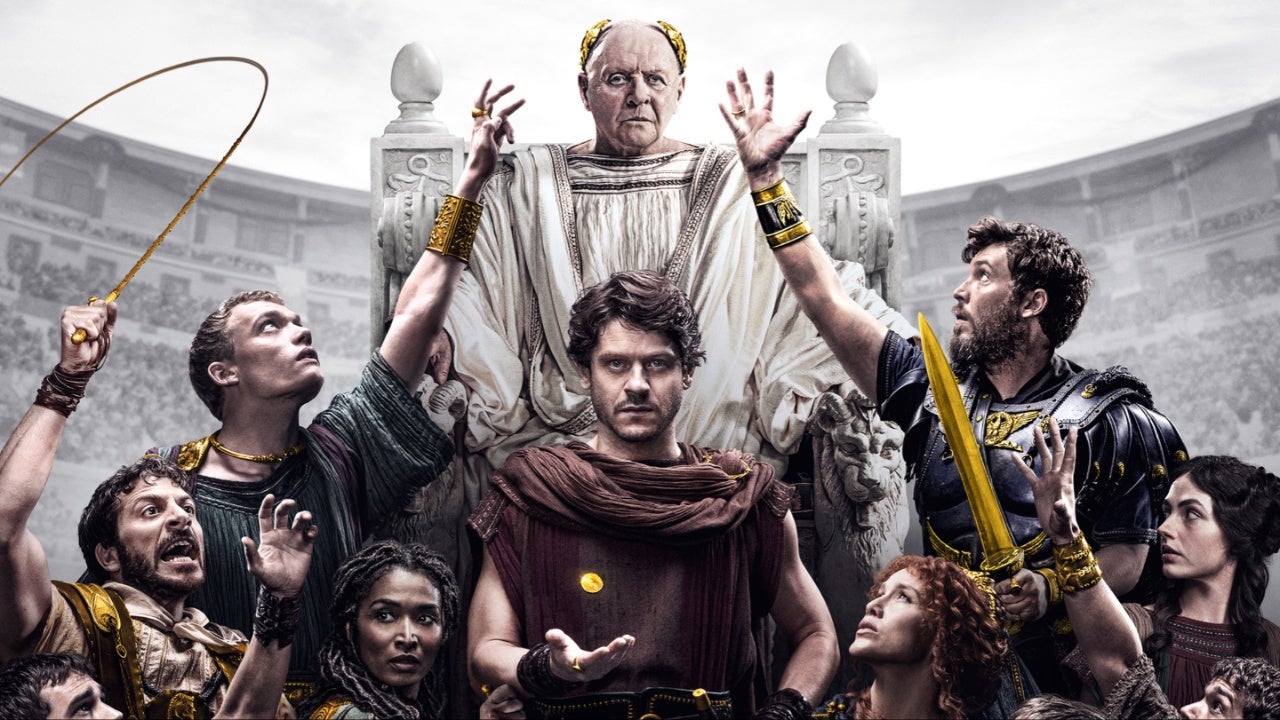C2E2 has once again come and gone in Chicago and with one of the best pop culture conventions in the Midwest. Among the geek community, at least, C2E2 has always been held to a higher standard than the other conventions that make their way through the city on a regular basis. For good reason, since its inception the convention consistently brings in big name talent in a way that not only respects the creators but the fans as well.
While that was certainly true this year one couldn’t help but notice that something seemed off, though it’s hard to put your finger on it. Everything was running like it should but there didn’t seem to be quite as many people on the show floor from day-to-day. This could be for any number of reasons ranging from general con fatigue (the number of conventions that happen each month is growing) to guests that weren’t considered a big enough draw.
It should be clear though that while the energy of the convention may have been lacking the convention itself was still firing on all cylinders. Those that work behind the scenes know they have to keep it fresh and for the most part that is exactly what they are doing. Much of the show floor did a great job of reflecting what was happening with both the panels and the guests.

This can be seen in the rise of Dungeons and Dragons booths that seemed to have popped up this year. It is hard to tell if they cropped up because the cast of Critical Role was there for the show or if pop culture is finally taking advantage of the mainstream popularity of the game. From the moment attendees walked in they were flooded with booths dedicated to high-end dice, building their own gaming table, character creation and more. It’s nice to see the once underground game getting the love it finally deserves.
What really stood out this year were the panels. C2E2 really put in the time and effort to craft some really unique panels that would attract more than just the mainstream entertainment audience. There was quite a lot of attention given to literary guests this year as almost all of them had panels devoted to their work allowing those that might not necessarily be wooed actors and artists to get their time to shine.

OLYMPUS DIGITAL CAMERA
They certainly shined. The lines to get booked signed by the authors were almost as large as the ones for the big name celebrities. If you were looking for a sign that reading is still import and fundamental that is it. C2E2 attendees tend to be avid readers and it would be nice, given the outpouring of support this year, to bring them more to the forefront. This year’s convention should a great step forward but so much more can be done to represent that demographic.

OLYMPUS DIGITAL CAMERA
C2E2 2020 was the perfect transitional convention year. After last year’s amazing 10 year anniversary it was natural that the convention was never going to be able to top that level of hype. But the convention scene is always changing and it is nice to see C2E2 at least attempting to evolve along with it. C2E2 is here to stay in Chicago and the entire geek community is better off for it.
Photos: Leon Rudzin

Events
Paramount+ Reveals Official Main Title Sequence for the Upcoming Series TALES OF THE TEENAGE MUTANT NINJA TURTLES

During the TALES OF THE TEENAGE MUTANT NINJA TURTLES panel earlier today at San Diego Comic Con, Paramount+ revealed the official main title sequence for the series. The sequence is composed by EMMY® nominee, Matt Mahaffey, known for his work on Sanjay and Craig, Rise of the Teenage Mutant Ninja Turtles, and Rise of the Teenage Mutant Ninja Turtles: The Movie and much more.
From the studios of the Mutant Mayhem film, the all-new Paramount+ original series TALES OF THE TEENAGE MUTANT NINJA TURTLES explores the adventures of everyone’s favorite pizza-loving heroes as they emerge from the sewers onto the streets of NYC. Leo, Raph, Donnie and Mikey are faced with new threats and team up with old allies to survive both teenage life and villains lurking in the shadows of the Big Apple. The series is produced by Nickelodeon Animation and Point Grey Pictures.
TALES OF THE TEENAGE MUTANT NINJA TURTLES is executive produced by Chris Yost (The Mandalorian, Thor: Ragnarok) and Alan Wan (Blue Eye Samurai, Rise of the Teenage Mutant Ninja Turtles, Teenage Mutant Ninja Turtles [2012 Series]). Production is overseen for Nickelodeon by Claudia Spinelli, Senior Vice President, TV Series Animation, Nickelodeon, and Nikki Price, Director of Development and Executive in Charge of Production.
In addition to the upcoming new series, stream all things Turtles on Paramount+.
Events
Comic-Con 2024: Those About to Die Activation
Events
DISNEY+ CASTS DANIEL DIEMER AS FAN-FAVORITE ‘TYSON’IN SEASON TWO OF “PERCY JACKSON AND THE OLYMPIANS”

in Hall H at San Diego Comic-Con, Rick Riordan and Disney+ revealed that Daniel Diemer (“Under the Bridge”) will star as fan-favorite cyclops “Tyson” in the epic adventure series “Percy Jackson and the Olympians.” Diemer joins Walker Scobell (Percy Jackson), Leah Sava Jeffries (Annabeth Chase) and Aryan Simhadri (Grover Underwood) as a series regular. The Disney+ Original series from Disney Branded Television and 20th Television will start filming its second season next week in Vancouver.
Season two of “Percy Jackson and the Olympians” is based on the second installment of Disney Hyperion’s best-selling book series titled “The Sea of Monsters” by award-winning author Rick Riordan. In the new season, Percy Jackson returns to Camp Half-Blood one year later to find his world turned upside down. His friendship with Annabeth is changing, he learns he has a cyclops for a brother, Grover has gone missing, and camp is under siege from the forces of Kronos. Percy’s journey to set things right will take him off the map and into the deadly Sea of Monsters, where a secret fate awaits the son of Poseidon.
Diemer stars as Tyson – a young Cyclops who grew up all alone on the streets, and finds it difficult to survive in the human world. Shy and awkward, with a heart almost as big as he is, Tyson soon discovers that Poseidon is his father, which means Percy Jackson is his half-brother… and that Tyson may have finally found a home.
Diemer recently starred in the Hulu limited series “Under the Bridge” based off the critically acclaimed book of the same name and a tragic true story of a missing teen girl in Vancouver in 1997. He will next star in the indie “Thug” opposite Liam Neeson and Ron Perlman for director Hans Petter Moland. Daniel was recently seen as the lead in the indie “Supercell” opposite Alec Baldwin and Skeet Ulrich and the lead in the film “Little Brother” opposite Phil Ettinger and JK Simmons. Daniel can also be seen in the Netflix series “The Midnight Club” and recently starred as the male lead in the breakout hit Netflix feature “The Half Of It” from producer Anthony Bregman and director Alice Wu. He is a graduate of Victoria Academy of Dramatic Arts in Vancouver.
Created by Rick Riordan and Jonathan E. Steinberg, season two of “Percy Jackson and the Olympians” is executive produced by Steinberg and Dan Shotz alongside Rick Riordan, Rebecca Riordan, Craig Silverstein, The Gotham Group’s Ellen Goldsmith-Vein, Bert Salke, The Gotham Group’s Jeremy Bell and D.J. Goldberg, James Bobin, Jim Rowe, Albert Kim, Jason Ensler and Sarah Watson.
The first season of “Percy Jackson and the Olympians” is available on Disney+
-

 Interviews1 day ago
Interviews1 day agoInterview With Heroes & Villains Creative Director Doug Johnson
-

 Streaming1 day ago
Streaming1 day agoApple TV+ announces season two for delightful kids and family series “Camp Snoopy
-

 Events1 day ago
Events1 day agoThat’s My E Coverage Of The Adult Swim’s Pirate Parrrty
-

 Events13 hours ago
Events13 hours agoParamount+ Reveals Official Main Title Sequence for the Upcoming Series TALES OF THE TEENAGE MUTANT NINJA TURTLES
-

 Events16 hours ago
Events16 hours agoDISNEY+ CASTS DANIEL DIEMER AS FAN-FAVORITE ‘TYSON’IN SEASON TWO OF “PERCY JACKSON AND THE OLYMPIANS”
-

 Interviews17 hours ago
Interviews17 hours agoComic-Con 2024: Will Wight’s Cradle
-

 Events16 hours ago
Events16 hours agoComic-Con 2024: Those About to Die Activation



